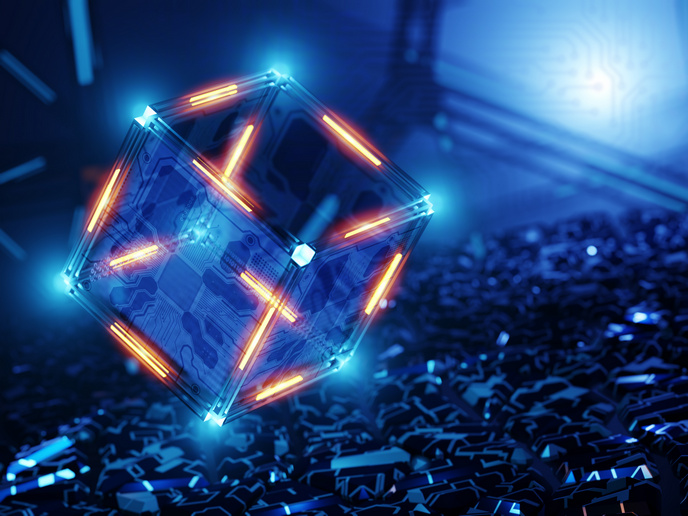Entangling trapped ions over 200 metres apart
Not one, not two, but 230 metres – that is the distance across which researchers supported by the EU-funded QIA project have succeeded in entangling two ions. The successful long-distance entanglement shows that trapped ions could be used to create quantum networks that span cities and, in the future, continents. The experiment is described in a study published in the journal ‘Physical Review Letters’.
The promise of trapped ions
In trapped-ion quantum computing, ions – charged atoms – are suspended and confined in electromagnetic fields as quantum bits, or qubits. Trapped-ion qubits show promise for quantum information applications, but to build quantum networks, qubits’ delicate quantum states need to be shared over long distances. The research team led by Prof. Tracy Northup and Dr Ben Lanyon of QIA project partner University of Innsbruck, Austria, has now shown that this is possible by entangling two trapped ions located in different buildings. As reported in a news item posted on the QIA website, the team had previously trapped ions in optical cavities so that quantum information could be efficiently transferred to light particles, or photons. The photons could then be transmitted through optical fibres to connect ions in different locations. For the experiment, the researchers set up the two quantum systems in two labs on the University of Innsbruck’s Campus Technik. One was in the university’s Department of Experimental Physics building and the other in the building that houses the Institute for Quantum Optics and Quantum Information of the Austrian Academy of Sciences. “Until now, trapped ions were only entangled with each other over a few meters in the same laboratory,” remarks Dr Lanyon in the news item. “Those results were also achieved using shared control systems and photons (light particles) with wavelengths that aren’t suitable for travelling over much longer distances.” Thanks to years of research, the scientists have successfully entangled two ions across campus. “To do this, we sent individual photons entangled with the ions over a 500-meter fiber optic cable and superimposed them on each other, swapping the entanglement to the two remote ions,” explains Prof. Northup. “Our results show that trapped ions are a promising platform for realizing future distributed networks of quantum computers, quantum sensors and atomic clocks.” The long-term goal of the QIA (Quantum Internet Alliance) is to build a global quantum internet made in Europe that will enable quantum communication between any two points on Earth. To progress towards this goal, it has brought together 40 leading European universities, companies and research organisations. The project ends in 2026. For more information, please see: QIA project website
Keywords
QIA, ion, quantum, quantum network, quantum information, trapped ion, photon, qubit, entanglement



